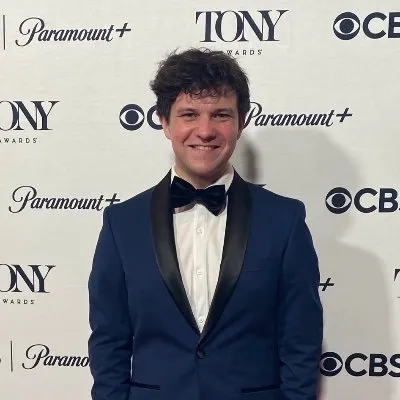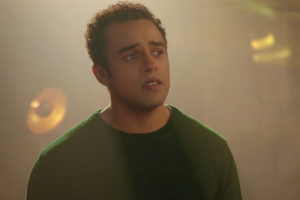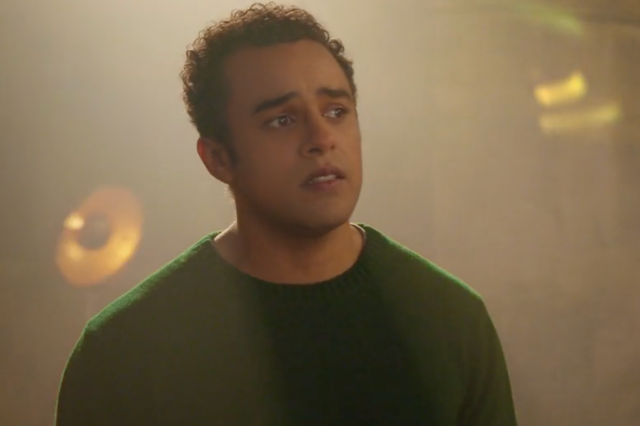Ben Cracknell: So you want to be a lighting designer?
As part of their guest editor week at WhatsOnStage, Chris Stafford and Nikolai Foster ask associate artist Ben Cracknell to give tips for aspiring theatremakers
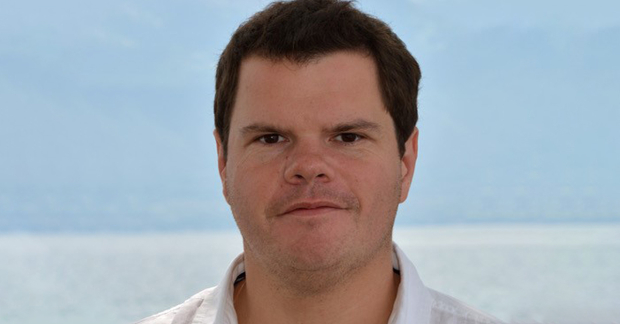
As part of their guest editor week at WhatsOnStage, Curve Leicester's Chris Stafford and Nikolai Foster have invited a number of creatives who have worked with the venue to give career tips to aspiring theatremakers. This time, lighting designer Ben Cracknell answers ten questions about his work thusfar.
1) Can you introduce yourself?
My name is Ben Cracknell. I have been working as a lighting designer for the last 15 years, and am an associate artist at Curve in Leicester.
2) When did you know that you wanted to be a lighting designer?
I was in love with theatre from an early age. My parents would take me to The Theatre Royal, Stratford East when I was a kid, and I was mesmerised by the magic of the productions I saw there. At school I was always involved in drama, performing in the school productions, staging my own plays, and studying GCSE Drama. The real revelation came when I did my work experience on Miss Saigon at Drury Lane. I'd applied to the theatre because I wanted to see backstage at a West End show, but witnessing the scale of the production really opened my eyes. I'd never before appreciated the intricacies of how staging and lighting tell the story, and I returned to school with a new found passion to discover everything I could about lighting design.
3) What was the first project you worked on?
Aside from my school exploits, like a lot of people I worked my way up through a range of roles in theatre. My first job was as stage crew at my local theatre, doing get-ins and get-outs of lots of touring shows, working as stage crew as well as follow spot operator and lighting board operator. My enthusiasm for lighting shone through, and I got the job of lighting the local amateur productions. I'd got an idea of how to go about it from being lighting board op / programmer on the pantomime and seeing what other LDs did. I lit several musicals for the group, each time learning something new.
4) Who helped you during the early part of your career?
That's a tricky one – there have been so many inspiring people who have helped me along the way. Perhaps someone who deserves special recognition is my A-level Theatre Studies teacher, Tricia Etherton. I came to A-levels relatively hot off the back of my Miss Saigon work experience and Tricia was hugely supportive in nurturing my interest in lighting design. The course was a broad study of theatre, but within that she allowed me many opportunities to work with light. I designed both course projects and extra-curricular productions. Tricia had worked in many aspects of the industry before coming to my college so she was able to call upon industry contacts to provide equipment such as moving lights that would otherwise have been beyond our reach. It was so beneficial to work with light to discover what is possible. When my A-levels finished, I took a year out and in that time I got a job as a theatre technician at that college. Having a very supportive tutor was a huge part of my learning.
5) What advice would you give to your younger self?
I think I would say take your time to get where you want to be. Enjoy the journey. I knew from an early age that my aim was to become a lighting designer, but the varying jobs and experiences I've had along the way are what have shaped me into the designer I am today.
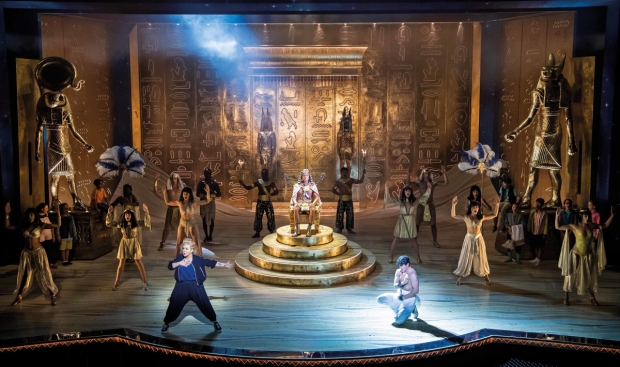
©Tristram Kenton
6) What advice would you give to anyone wanting to be a lighting designer?
There's lots …
Firstly, soak up as much as you can – go to the theatre. A lot. Watch films and television. Go to art galleries. I learnt an awful lot about colour and contrast from looking at paintings – the drama of Caravaggio or the colours of Turner are excellent studies. Find opportunities to work with light, understanding how it can be manipulated to tell a story. Seek out opportunities to light your own shows, be it school/college productions or fringe theatre. You could write to your local theatre and ask if they're looking for crew. My experiences working as stage and lighting crew meant I could see other lighting designers at work, sometimes in person but more often by seeing how they put their work together through rigging and operating their designs.
Contact lighting designers and ask if you can observe them at work. (Ask politely!) You can learn so much by seeing how others work – not just in creating the final image but how they interact with the rest of the team and solve challenges along the way. And you really have to build relationships. A lot of theatre work comes from recommendations, so be a team player and collaborator. I have grown up alongside many of the other creatives and producers I work with today. Those people you work with when you start will most likely be the people you work with further down the line, so nurture those relationships and support each other as you take strides into your career.
7) What resources proved most valuable to you during your early career?
A camera! The ephemeral nature of light means that once a show has closed your work has gone. Getting good pictures of your work is crucial in ensuring you can sell yourself as a lighting designer in the future. If the show doesn't have a production photographer take your own pictures. My website has photographs of my work which I will often direct people to if they want to get an impression of my lighting design.
8) What mistakes do you think are the easiest to make when starting out?
Trying too hard. When we start out we are so keen to impress that sometimes we can overdo things. Too many lights to rig and focus, too many cues to plot in the time available, can mean you end up with a bit of a muddle. Look at the time available to deliver a design and edit yourself. It's better to have a simpler design delivered with strength than a complicated one in a jumble.
9) What would you say is the most rewarding aspect of your job?
Opening nights. It's at this point you can relax, having completed your work. It can be a real thrill sharing the work you and the team have made with an audience, and to see an audience captivated by your work is a real reward.
10) What would you like to see in future generations?
That's a tricky one. I guess I want to see new work that surprises and challenges me. Things I would never have imagined; just like the thrill I had all those years back watching pantomime at Stratford East, I'd love to watch a show and be mesmerised by something I never would have expected.

